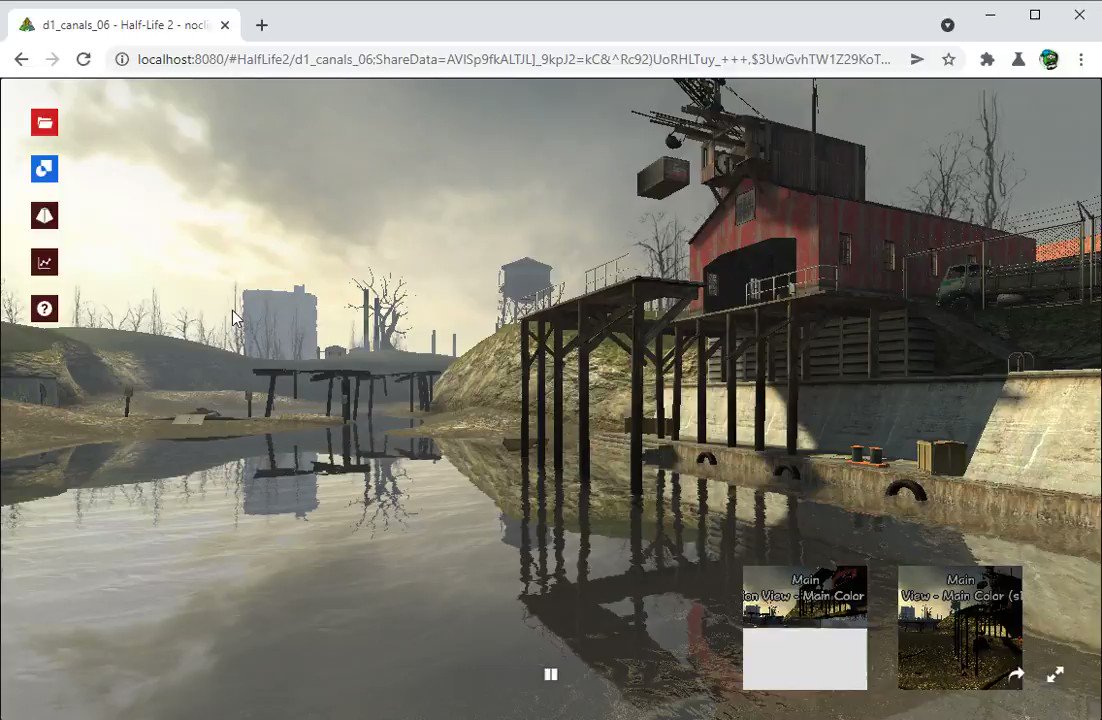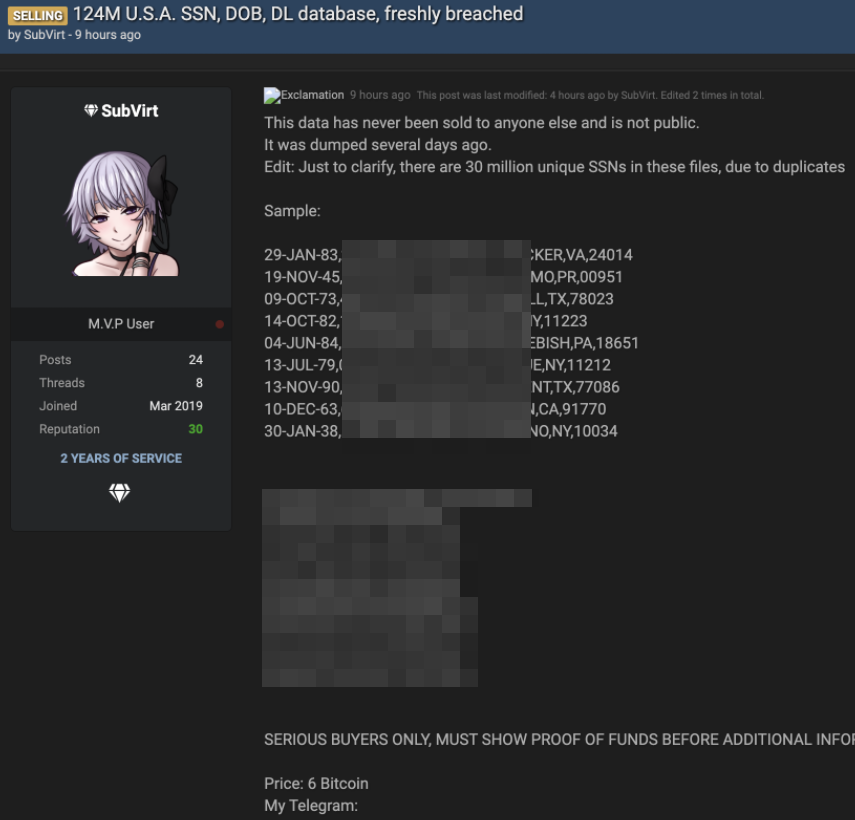TMX Replay Investigation
Trackmania United Forever is a racing game in which the goal is to complete any track as fast as possible. Players compete against each other for the fastest times on tracks, and in order to keep records centralized, the community developed a website called Trackmania Exchange. This website maintains a “Top 10” leaderboard for all official tracks released by Nadeo and for hundreds of thousands of user submitted tracks, and is the main leaderboard Trackmania players compete on. In order to compete on Trackmania Exchange leaderboards, players have to submit a Replay file of their record. The game automatically generates a Replay file upon completing a track, which can then be easily shared and uploaded to Trackmania Exchange. No live video evidence is required when submitting a record. The record system has been this way since the inception of the website in 2003. But in recent years, with the rise of tool-assisted speedruns, there’s been a growing concern among players that it could be possible to cheat in these conditions. Since players submit Replay files, and not live recordings, how can you tell whether a record was played by human hands or an input script? Because of this concern, we developed several advanced Replay analysing tools. These tools allow us to get a better understanding of how Trackmania records were achieved, and whether they were played legitimately or not. In this document we will present our findings after investigating all official world records in Trackmania Nations Forever and Trackmania United Forever.
Trackmania’s physics engine is completely deterministic. This means that the exact same inputs will always yield the exact same results (e.g. Press Forward tracks). In 2019, donadigo re-discovered that Trackmania’s Replay files have all inputs stored in them and that they can be replayed again and analysed in-game. The fact that inputs have been stored in the files was known beforehand, but never made use of in real applications. We later developed a tool that visualized inputs from Replay files onto a display. This display shows which direction and how much a player is steering, and when they are accelerating or braking. The input display first worked as a great learning resource, as it allowed for high detail analysis of the controller movement in any given record. And by studying the inputs of the world record, players could get a better understanding of what they needed to do to improve on a track. With the increasing amount of records being analysed, we eventually noticed certain players’ inputs deviating from the “norm”. This ultimately led to a deeper investigation of what was actually happening in these replays. In this investigation we will focus on detecting & analyzing replays that were done with slow-motion techniques. Intuitively, a replay done at slower game speeds will feature more frequent controller steering and unnatural spikes when approaching key sections of a track. Such techniques can be achieved using software like Cheat Engine to globally slow down the time of the game, and using such software in offline play does not reveal this fact to anyone that inspects the replay file.
Leave a Comment
Related Posts






















